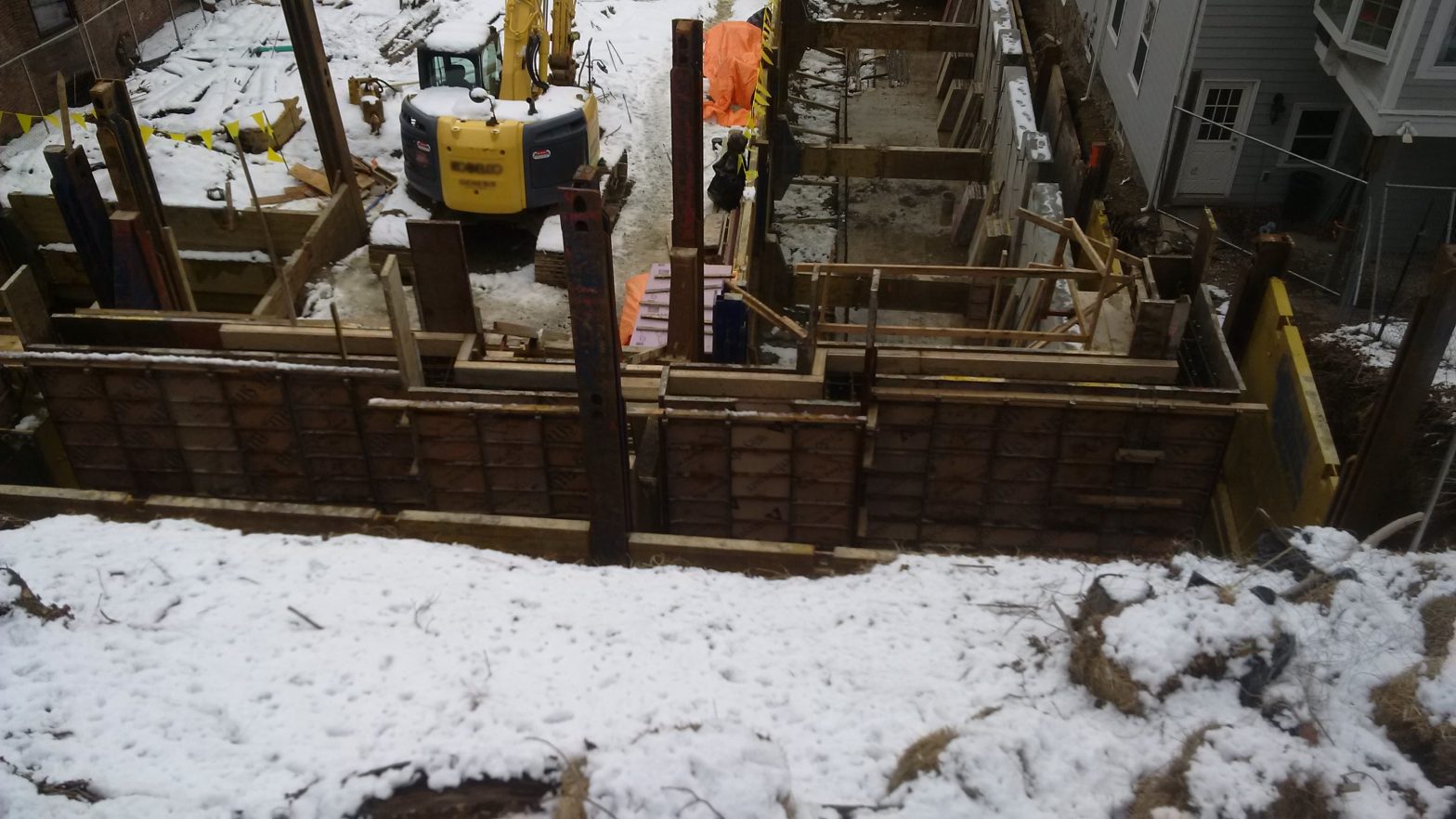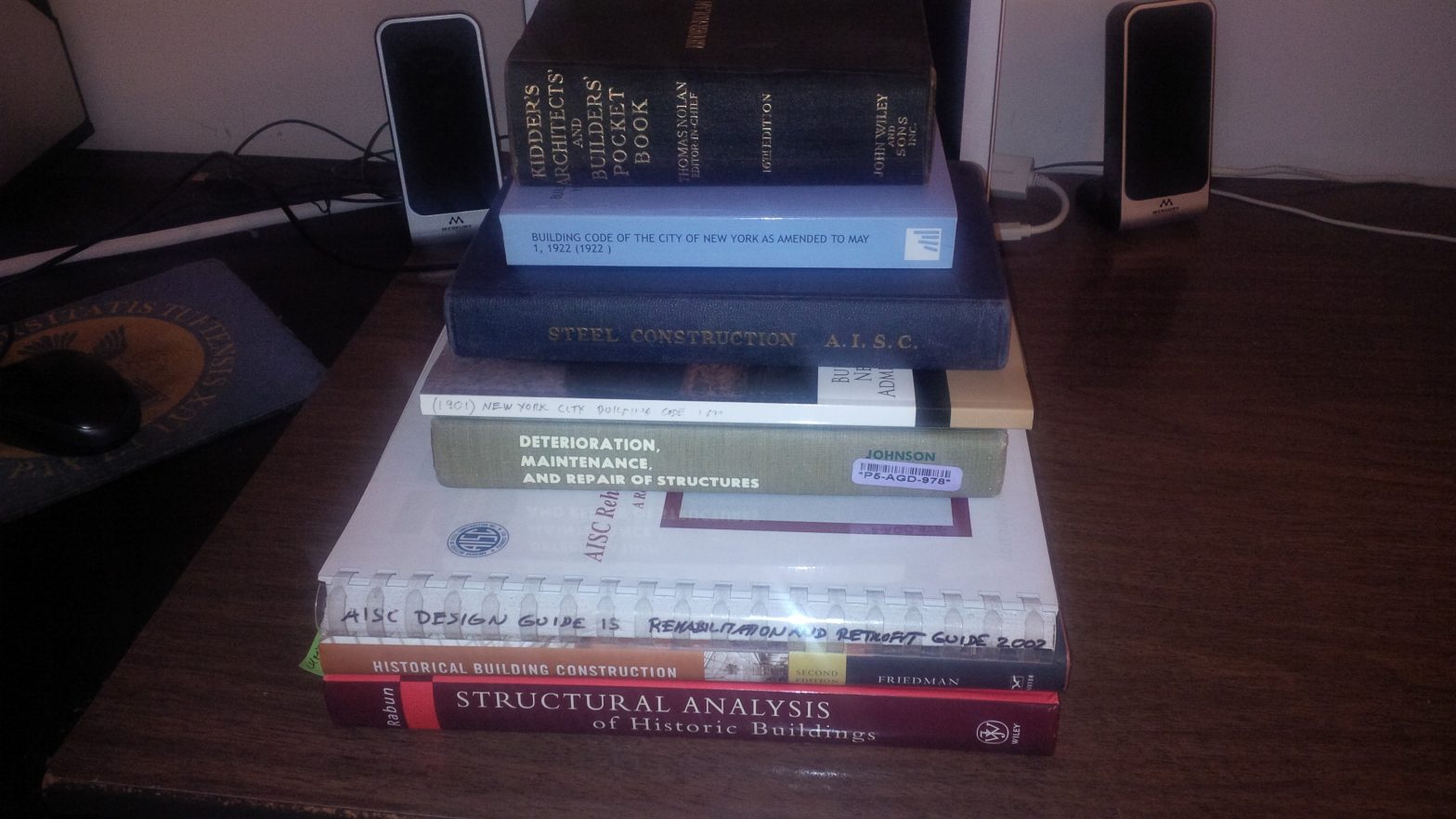The planning for a construction project in the urban environment is typically more complicated than in other areas. With greater density of construction comes traffic congestion, buildings and other structures in close proximity to the work and increased subsurface risk from utilities, underground structures and past land use. In addition, site-related factors can constrain design and construction options, or at least render certain options less feasible. As a result, construction is typically costlier and often more hazardous. This additional construction cost and risk can expose project investors and developers to considerable financial risk.
Stakeholder due diligence should reflect the risks and rewards of a project. Given the high costs, complexity and risk of urban construction, it is necessary to understand the cost- and risk-drivers underlying project feasibility. The best time to determine feasibility and devise strategies to control cost and manage risk is the pre-design phase. At this early stage, the project may be in the process of being studied as an investment, perhaps with aid of concepts developed by an architect. This precedes the ‘point of no return’ when few resources have been committed and few irreversible design decisions have been made.
Desk studies represent a low-cost approach to due diligence for evaluating site-related construction considerations in advance of more intensive investigations. A desk study usually consists of a review of information about a site from the owner, public sources, and sometimes other parties. Continue reading “Insights from Site-Structural Desk Studies for Urban Construction”
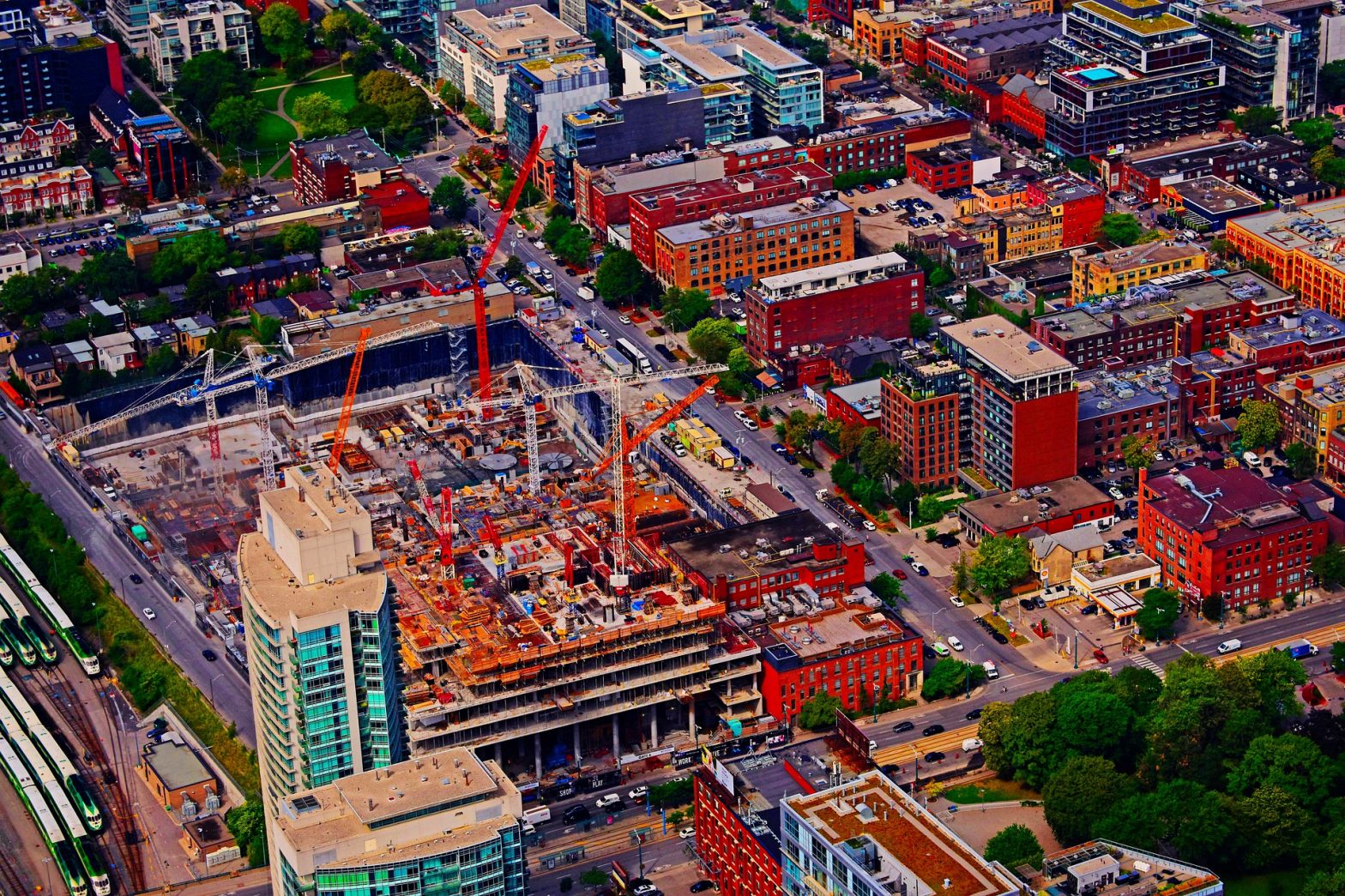
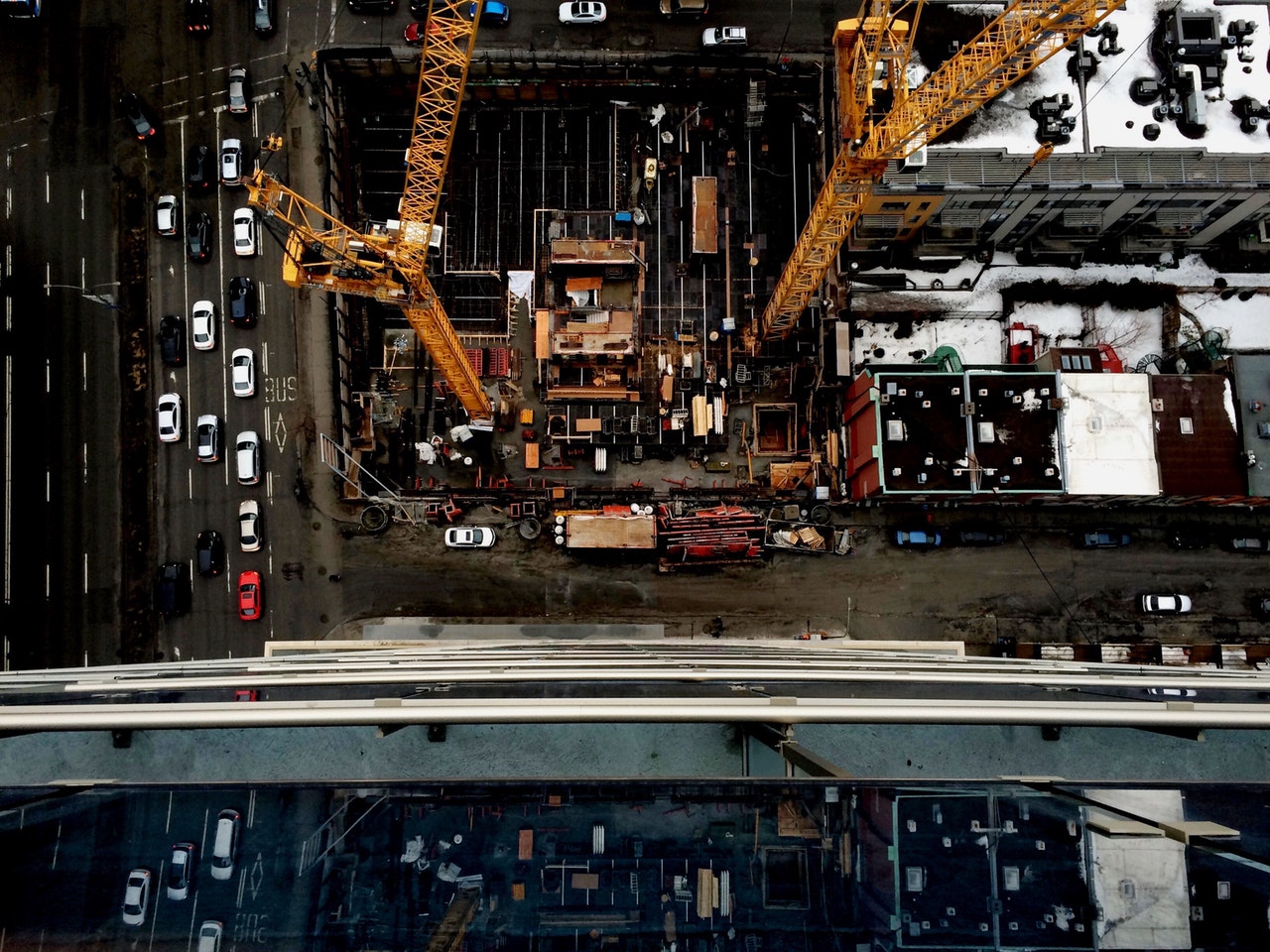

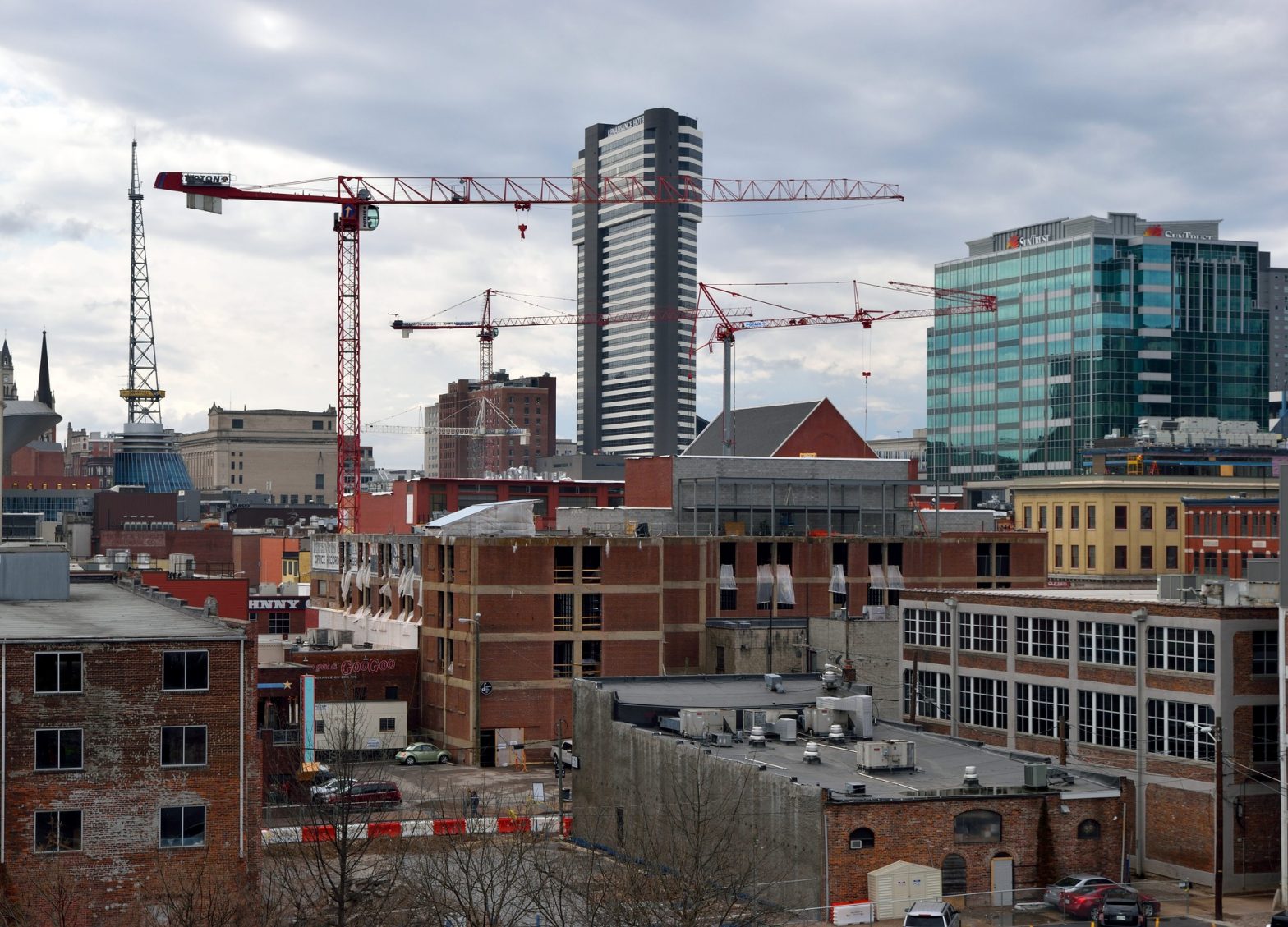
 Are you on LinkedIn? There is now a LinkedIn group for
Are you on LinkedIn? There is now a LinkedIn group for 

